Home> Technical Articles> Basics of Oil seal
- Address1589 Tampines Industrial Distributor Avenue 5 Singapore 528759
- Factory Address1589 Tampines Industrial Distributor Avenue 5 Singapore 528759
- Worktime9:00-18:00
- Phone(Working Time)Tel:(65)-3159 1338
Basics of Oil seal
2018-10-29 12:38:11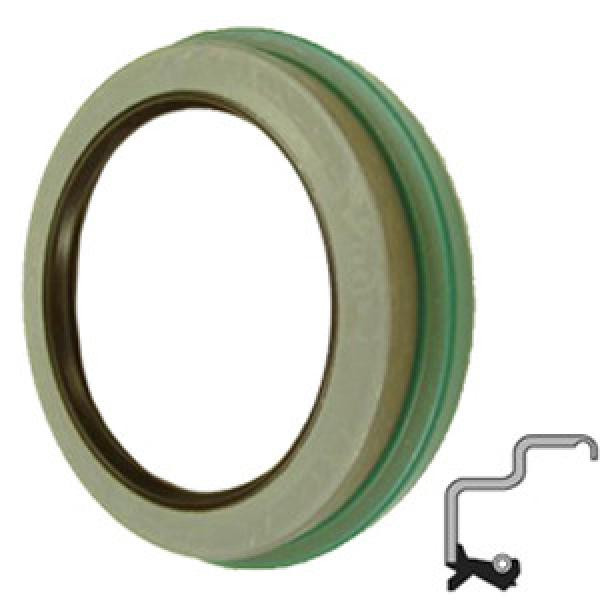
1 oil seal concept
Oil seal is the customary name for general seals. It can be divided into single type and assembled type. The assembled type is the combination of skeleton and lip material, which is generally used for special oil seals. Oil seal is a mechanical component used to seal oil (oil is the most common liquid substance in the transmission system, also refers to the general liquid substance), it isolates the parts of the transmission parts that need to be lubricated from the output parts, so as not to let the lubrication Oil leaks. It is customary to call the rotary shaft lip seal as an oil seal, and the static seal and the dynamic seal (general reciprocating motion) are called seals. The representative form of the oil seal is the TC oil seal, which is a double-lip oil seal with a self-tightening spring completely covered by rubber. Generally speaking, the oil seal often refers to the TC skeleton oil seal.
2 oil seal material
Common materials for oil seals include nitrile rubber, fluororubber, silicone rubber, acrylate rubber, polyurethane, and polytetrafluoroethylene. Nitrile rubber (NBR) has good heat resistance and wear resistance. It is resistant to various lubricating oils, greases, oil and gas mixtures, etc. It is suitable for temperatures from -30 to 120 °C, but not in phosphate ester hydraulic fluids. Used in gear oils for pressure additives,
Stable in gasoline and low aniline point mineral oils. Polyacrylate rubber (ACM) is excellent in oil resistance and heat resistance, abrasion resistance, ozone resistance, UV radiation resistance, especially lubricating oil, gear oil, motor oil, engine oil, petroleum hydraulic oil, etc. Work in the range of -30 ~ 150 °C. Fluororubber (FPM) is resistant to aging, heat and oil. It is suitable for all lubricating oils, fuel oils and gasoline. It is not hard to harden in oils containing extreme pressure additives, but it has poor cold resistance, high temperature wear resistance and permanent compression. Large deformation, suitable for temperatures from -20 to 250 °C. Silicone rubber has outstanding high and low temperature resistance, can be used for ultra long-term use at 150 °C without performance change; can be used continuously at 200 °C for 10 000 h, and can maintain its unique use within the operating temperature range of -70 to 260 °C. Elastic and ozone resistant, weather resistant and so on. Polytetrafluoroethylene has outstanding chemical stability, thermal stability, friction reduction and self-lubricity, and its cracking temperature is above 400 °C. Therefore, it can work normally in the temperature range of -200 to 300 °C. In addition to free fluorine and alkali metals, it has excellent corrosion resistance to chemicals, solvents, hydroxides and acids. Nitrile rubber and fluororubber materials are widely used oil seals, the former is low in cost, but the temperature and sealing performance are poor, and the leakage is serious; the latter has significant improvement in temperature resistance and sealing, but the cost is high. And still have some common commonalities of ordinary rubber materials, such as poor wear resistance, short service life, and particularly sensitive to the eccentric reaction of the shaft, etc., leakage is still relatively common. PTFE oil seal is a product with high technical content and is the direction of oil seal development in the future.
3 Use of oil seal
An oil seal is required for all parts of the operating body box that have liquid lubricant and are connected to the outside. Some are rubber, some are metal, most are steel-bone rubber, such as crankshaft rear oil seal, gearbox front and rear oil seal, left and right half shaft oil seal, main reducer front oil seal, air compressor crankshaft oil seal, etc.

 TIMKEN USA Bearings Distributor
TIMKEN USA Bearings Distributor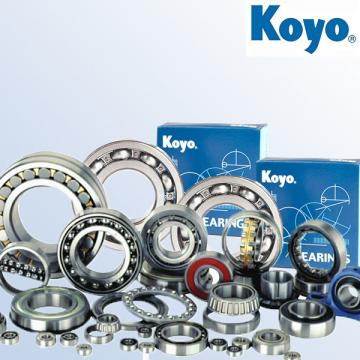 KOYO Bearings Distributor
KOYO Bearings Distributor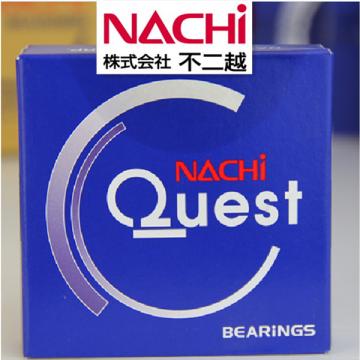 Singapore NACHI Bearings Distributor
Singapore NACHI Bearings Distributor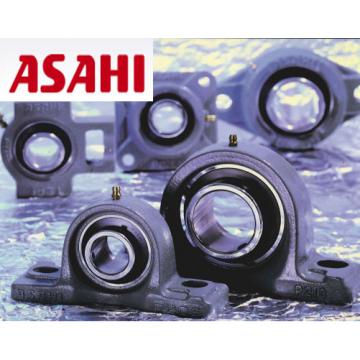 Singapore ASAHI Bearings Distributor
Singapore ASAHI Bearings Distributor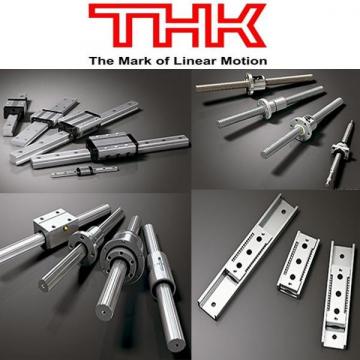 Singapore THK Bearings Distributor
Singapore THK Bearings Distributor